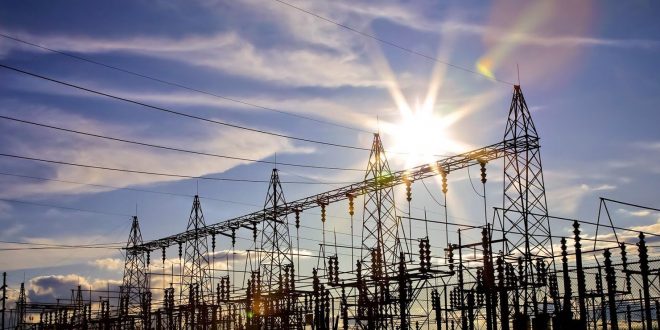A team of scientists in China and Britain have made what they say is a breakthrough in the quest to use sunlight to produce hydrogen, which can be used as a power source or in industry.
In a paper published in the peer-reviewed journal Nature Communications last week, the scientists said they had used a new type of photocatalyst to improve the efficiency of the solar-to-hydrogen process.
“The study is a breakthrough on converting solar energy to hydrogen,” said Zhang Yumin, lead author of the study and a researcher with Yunnan University.
“The cost is very low and the experiment is easy to replicate.”
However, the technology was still in the early stage of development and much more worked needed to be done to make the leap from the laboratory to industry, they cautioned.
Scientists around the world have been working for more than half a century to use “solar fuels” such as hydrogen as a clean alternative source of power to fossil fuels.
Hydrogen can be generated from various resources and is often used in hard-to-electrify sectors such as heavy-duty road transport, shipping, aviation and heavy industries, to help decarbonise the economy.
Tang Junwang, a co-author of the study and a professor of materials chemistry and engineering at University College London, said scientists wanted to make better use of solar energy to not only reduce carbon emissions but also overcome the supply and security problems of fossil fuels.
The idea is to use sunlight to drive the chemical reactions that make the fuels.
“Now we can convert solar energy to electricity by using solar panels. The next question is how to store the electricity, so we want to convert solar energy into chemical energy,” Tang said.
“[Our] project is to build a simple process that can produce hydrogen from water using solar energy.”
But it has been a struggle to find ways to do that efficiently, with scientists trying to find new photocatalysts that can improve the conversion process.
In the new study, the researchers led by a team of scientists from Yunnan University in southwest China found that the conversion process could be improved significantly by using titanium dioxide (TiO2) and copper single-atoms as the photocatalyst.
Pure TiO2 is a fine, white powder. It is used in a wide range of industrial and consumer products, including paints, coatings, cosmetics and sunscreens, because it is cheap, stable and safe to the environment and people.
In the study, the combination of copper single-atoms and TiO2 had a “quantum efficiency” of 56 per cent. Zhang said the previous highest efficiency in a laboratory was 45 per cent, a benchmark set by South Korean scientists using copper and TiO2.
The study said it was “a significant breakthrough in this field”.
However the hydrogen was made using strong ultraviolet (UV) light from an LED rather than sunlight, Tang said.
Visible light makes up about 43 per cent of the energy in the solar spectrum while UV accounts for just 4 per cent – meaning the conversion efficiency may be relatively low even if the process uses visible light.
Zhang said their next step was to study how to expand the project from using UV light to visible light, as well as to make further efficiency gains.
“If we develop another catalyst or we modify the current catalyst to make it work under both UV and visible light, then it can go to industrial application,” Tang said.

 Iran Energy News Oil, Gas, Petrochemical and Energy Field Specialized Channel
Iran Energy News Oil, Gas, Petrochemical and Energy Field Specialized Channel



